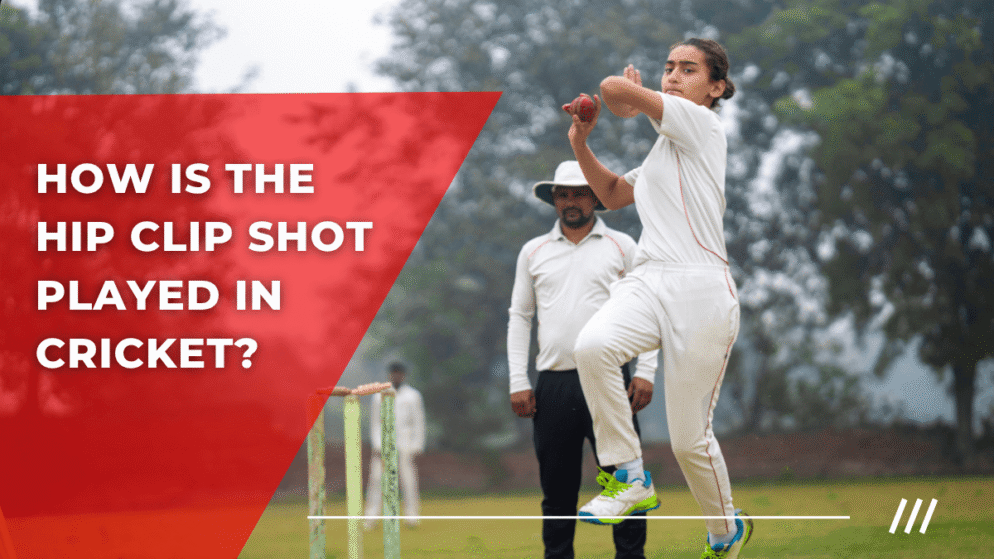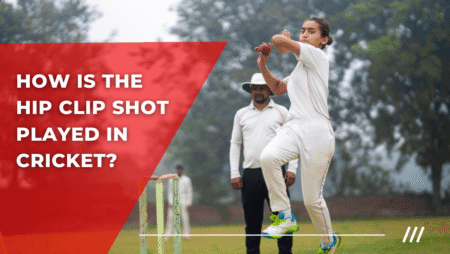

Cricket is a sport where the winner of the match is decided based on which team has scored more runs at the end of the designated length of the match. The batters who scored runs have to hit cork balls hurled at them at varying speeds, lines, lengths, and movements after pitching on a surface made of grass, dust, and soil before it reaches them.
To usurp an uphill task as this, batters need to master various shots, lofted or driven, that can be hit in every area of the cricket field.If the ball pitches in line of the leg stump and reaches the batter at waist height, then batters need to make a quick decision on which shot must they opt for. This is because the delivered ball is reaching an area of the batter’s body where it is difficult to free the arms to play a comfortable shot. Moreover, the batter also has to have a good judgement on whether such a ball should be left with the prospect of getting an extra run due to a wide ball.
One of the most ideal and safe responses to such a delivery is the hip clip shot. This shot is played by flicking the ball at right angles to the fielder at square leg. This field position is one which is on the leg side, nearly at right angles to the batter. While playing the hip clip, the bat moves across the line of the hip, thereby giving it the name.
The hip clip necessitates the batter to have impeccable timing. A miscued hip clip can catch the edge of the bat, risking the batter to be out caught. An inside edge sends the ball to the wicketkeeper whereas a leading edge sends the ball back to the bowler. Moreover, if the bat’s angulation is not in a manner of driving the ball to the ground, then the fielder at square leg can catch the ball.The hip clip was popularized by West Indies cricket legend Brian Lara. The shot continues to be executed by the batters of the T20 game.








